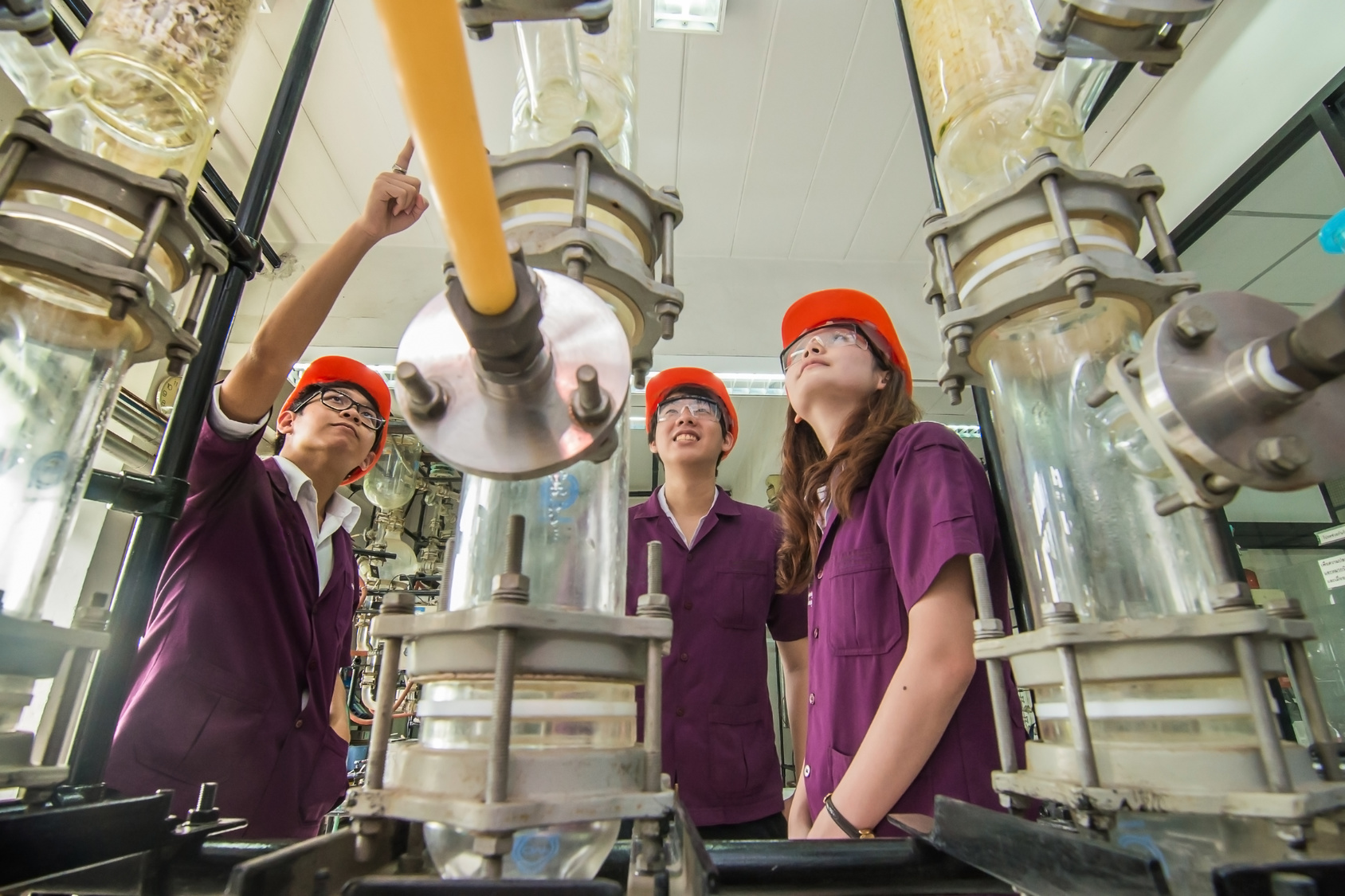
MARCH 2010
As long ago as the Golden Age of Athens, when Socrates and Sophocles flourished in a city that rose to become the first great commercial power of the Mediterranean world, people knew there was a connection between higher learning and prosperity. “Athens is the school of all Greece,” declared Pericles. “The fruits of the whole earth flow in upon us.”
At two turning points in its history, the United States has ambitiously applied that insight.
In the second half of the 1800s, the Morrill Act spurred the creation of a network of land-grant colleges that educated the people and developed the ideas needed to take the nation to leadership in the early Industrial Age. Then, in the second half of the 1900s, the GI Bill sent over a million veterans to college, giving the nation the world’s best educated and most productive workforce, and supercharging the growth of research universities that
spawned the technologies with which we live today.
Now, with the United States facing global economic competition on an unprecedented scale, a third wave may well be under way.
In states across America, higher education systems, universities, and community colleges are working to help their regions and states advance in the new knowledge economy. They are marshalling each of their core responsibilities — education, innovation, knowledge transfer, and community engagement — in ways designed to spur economic development.
From Springfield, Massachusetts, where a technical college has converted an abandoned factory into an urban tech park, to Raleigh-Durham, North Carolina, where research universities worked to turn a sleepy backwater into a global powerhouse of innovation and manufacturing, to Sidney, Nebraska, where a community college operates a training academy that has helped keep the headquarters of a growing national company in its rural hometown, communities today recognize that their hopes for the future are tied to higher education.
Will this third wave yield results on the scale of the first two? Across the country, there is promising evidence of new investment, new companies, new jobs being created through higher education’s efforts. But many of these efforts are just beginning, and the ultimate results are not yet known. Many institutions are going through a learning experience, as they test out what seems to work best.
Some of the characteristics shared by the most active institutions in the field can be identified now, however. They have the leadership to make economic revitalization a priority, the culture to mesh that objective with their academic mission, the legal flexibility to mix and match assets and brainpower with the private sector, and the resources to make it all work.
Moreover, this drive for university-spawned economic revitalization is now widespread enough that individual institutions and
systems have much to learn from one another.
To that end, the Rockefeller Institute of Government, which has specialized in comparative analyses of state and local governments’ implementation of major policy directions in the United States, surveyed these efforts at institutions and systems. We undertook this work at the request of Nancy L. Zimpher, chancellor of the State University of New York, who declared on her first day on the job — June 1, 2009 — that she wanted to make SUNY “the engine of New York’s economic revitalization.”
SUNY and New York have a long record of bringing higher education resources to bear on economic development — ranging from hands-on assistance delivered to entrepreneurs by SUNY’s Small Business Development Centers, to training for the new Global Foundries facility in Saratoga County, to leading-edge research in nanotechnology at the University at Albany, in energy at Stony Brook, in bioinformatics at the University of Buffalo, in systems integration at Binghamton University.
But rather than assessing these home-grown initiatives, the Institute and the State University agreed that we would aim at finding additional ideas from other states. After assembling some data on all 50 states, we reviewed the literature in the field, and then took a closer look at programs and projects in about a dozen of the states. We found a diverse range of efforts — everything from researching genomics for insights into new drug therapies, to training janitors. Beyond simply learning about the range and scope of efforts in different states and systems, we were interested in knowing how they got started, how they have worked, and where they are going.
Our findings can be catalogued in four broad areas of endeavor, which we detail in the subsequent sections of this report:
Taken as a whole, these developments suggest that a new paradigm may be emerging for the efforts that state governments have traditionally made to attract and keep industry, create jobs, and grow their economies.
For much of the twentieth century, states’ economic development efforts centered on incentives, financial packages, cost comparisons, labor policy, permitting requirements, roads and water systems, and so on — things that state governments are comfortable working with, but that do not suffice to meet key challenges
for the new economy.
The twenty-first century paradigm, in contrast, is shifting toward putting knowledge first. For states, increasingly, that means connecting their higher education systems more closely to their economic development strategies.
The thinking that first pointed to this new path came from the academy itself. Since 1990, when Paul Romer published a landmark article, “Endogenous Technological Change,” in the Journal of Political Economy, economists at universities across the country have collaborated in developing a new theory of growth that puts knowledge — and not the traditional measurements of land or capital or labor or natural resources — at the center of our understanding of the wellspring of economic change and progress.
David Warsh, the chronicler of this new movement in the academic study of economics, puts it directly: “Take a look at any map. The places with universities are the ones that have remained on top or renewed themselves around the world. That knowledge is a powerful factor of production requires no more subtle proof than that.”